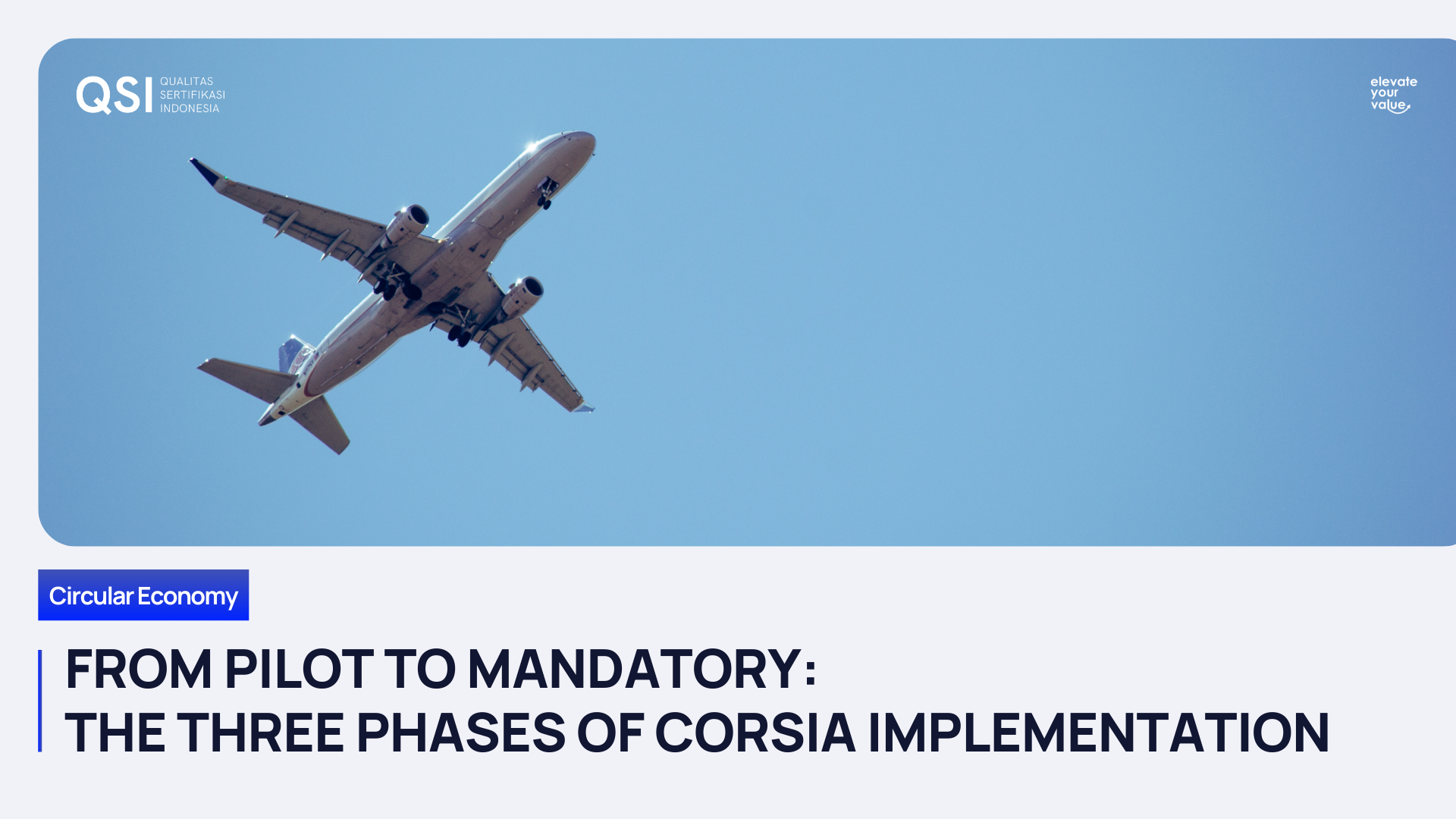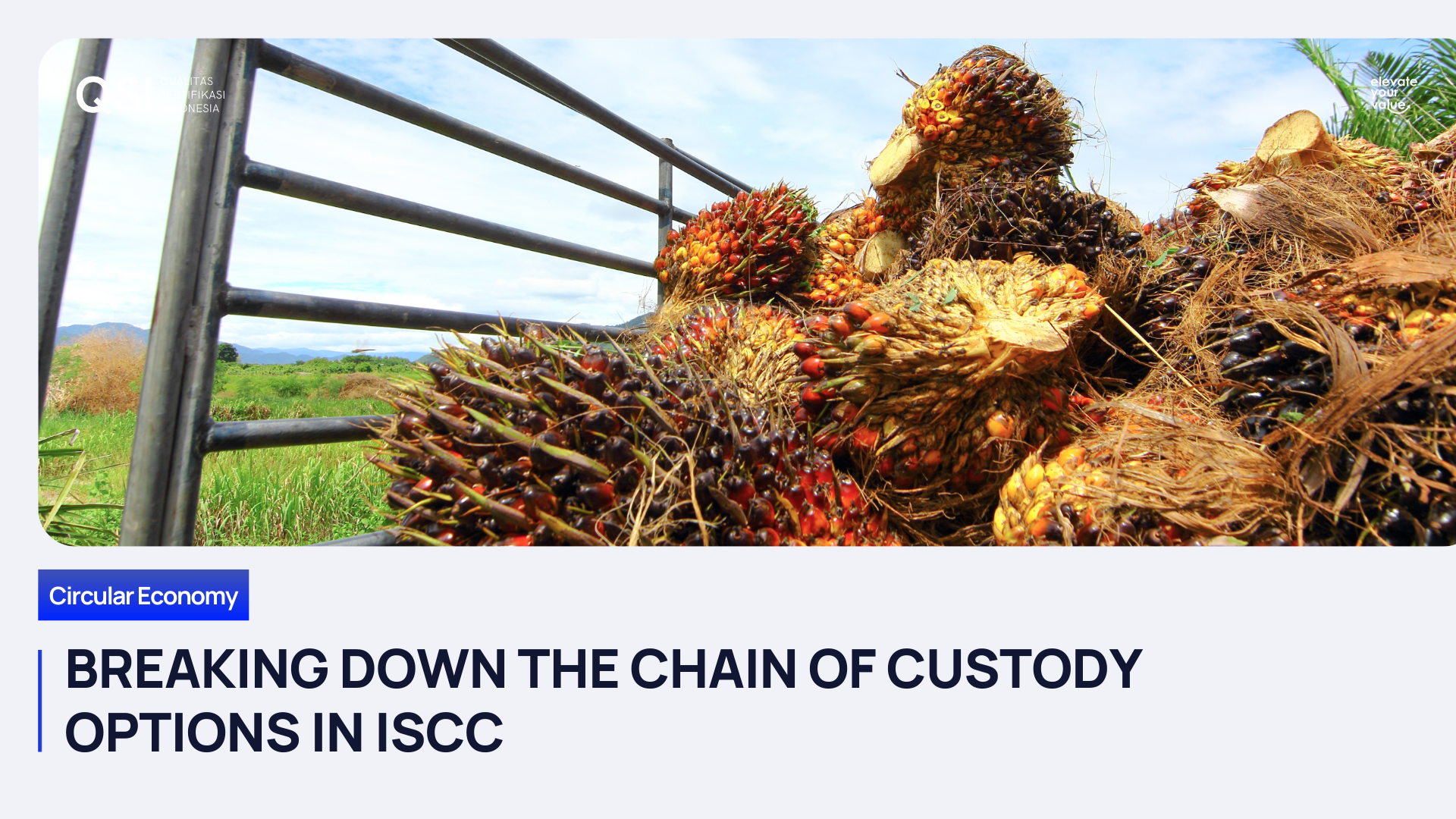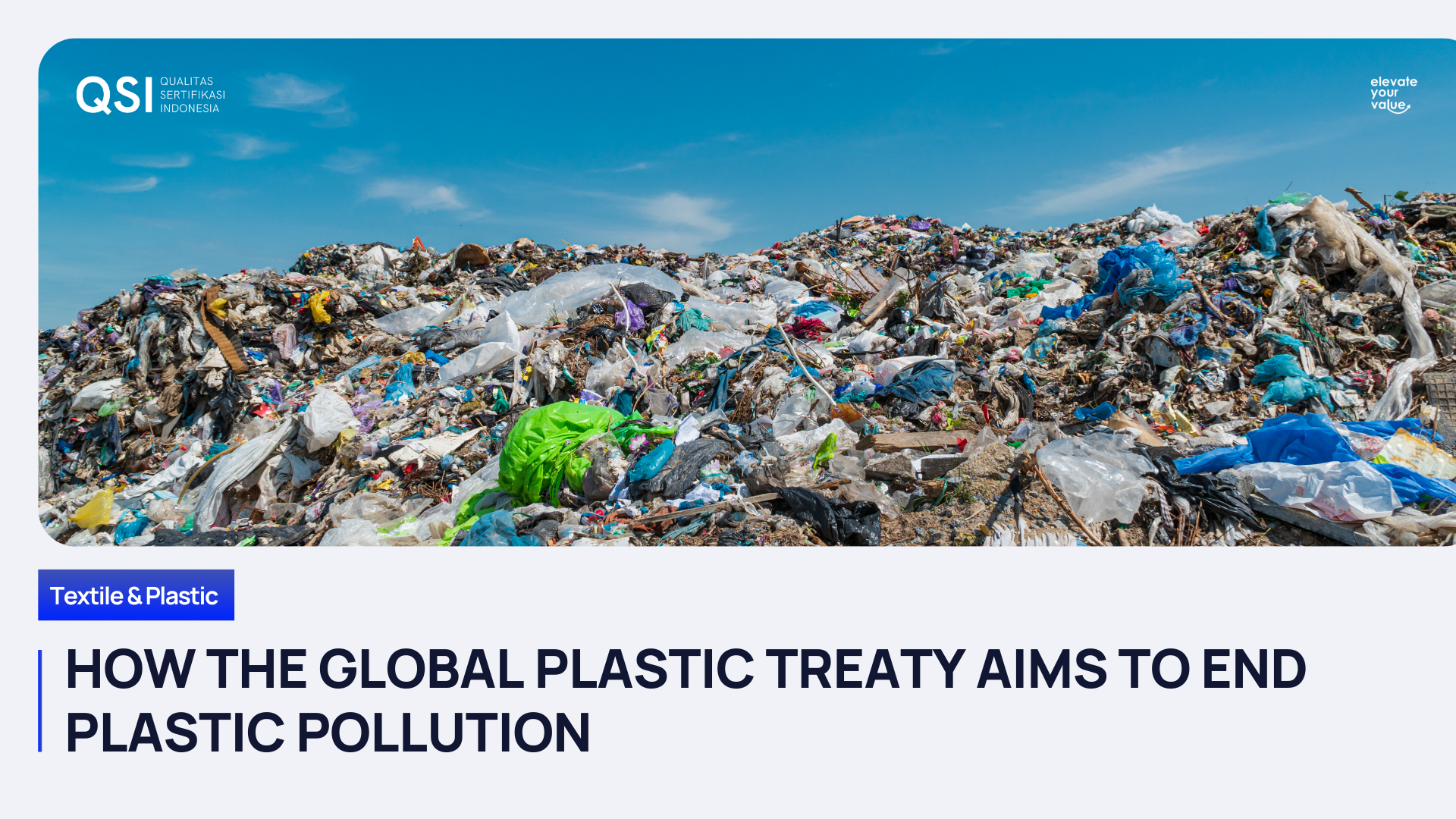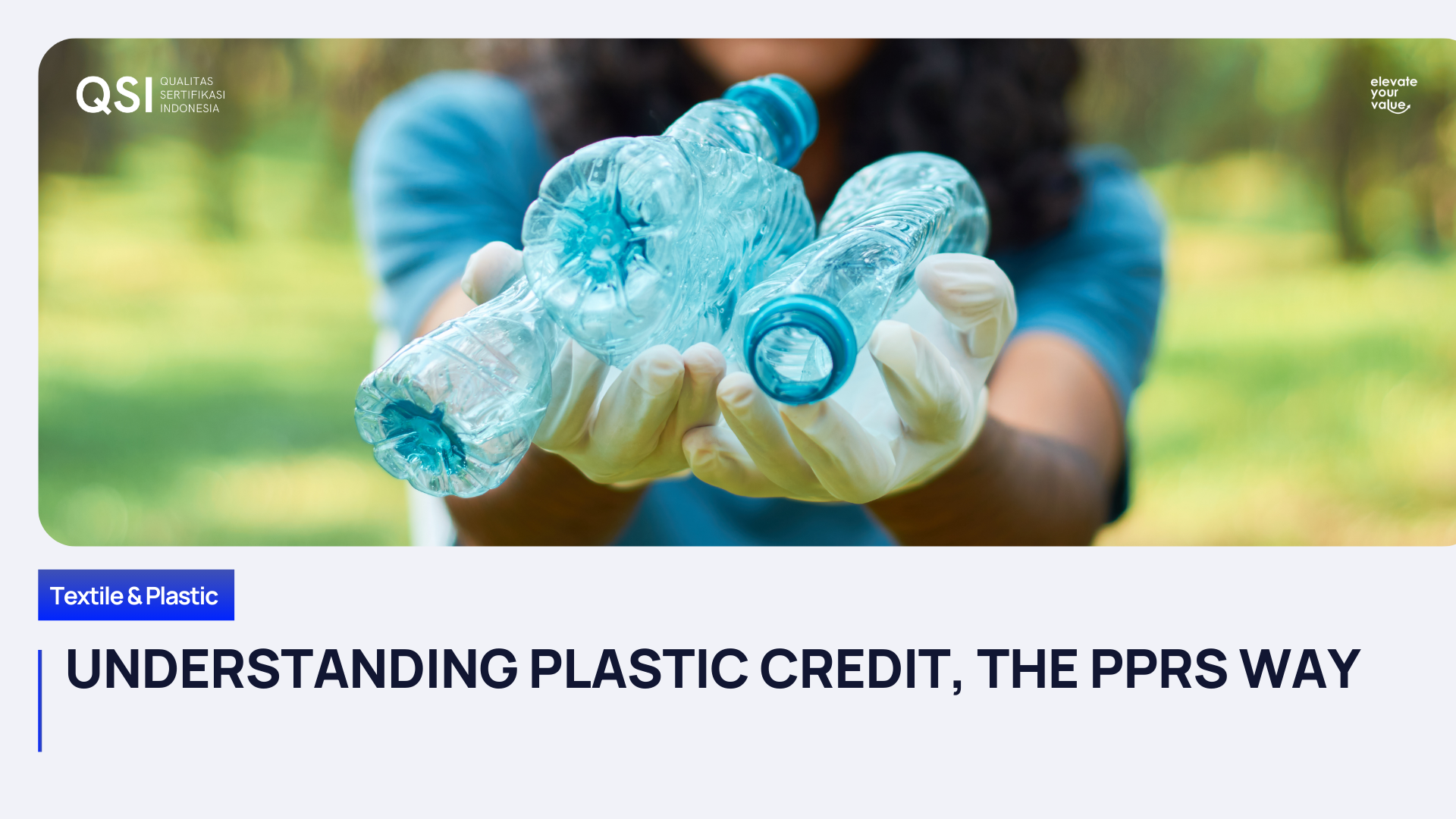Understanding Carbon Tax and Why Companies Need to Calculate GHG Emissions
Hey there, Qualizer! Have you heard about carbon tax? According to the 2022 State and Trends of Carbon Pricing report by the World Bank, Uruguay leads the way with the highest carbon tax rate at $137 per tCO2e. If you convert that to Indonesian Rupiah, it's approximately IDR 2,099,251.
In Indonesia, the government has put forth several regulations related to carbon. Presidential Regulation (Perpres) No. 98 of 2021 on the Economic Value of Carbon focuses on the domestic carbon market. These regulations are believed to support Indonesia's efforts to reduce greenhouse gas (GHG) emissions, as outlined in the Nationally Determined Contribution (NDC) document for climate change control.
Another policy aimed at reducing emissions is Minister of Environment and Forestry Regulation No. 21 of 2022, which deals with the Implementation of the Economic Value of Carbon.
But do you know what carbon tax is all about, Qualizer? What's its purpose, and how is it calculated? Let's dive into it.
So, What Exactly Is Carbon Tax?
Carbon tax, or carbon pricing, is a policy designed to reduce Greenhouse Gas (GHG) emissions, including carbon dioxide (CO2). As we all know, GHGs have the potential to exacerbate climate change on our planet.
This policy also aims to encourage companies to be more mindful of their emissions and transition to eco-friendly technologies and practices.
When determining the specific tax that companies or organizations need to pay, it's typically based on the amount of GHG emissions generated by their business activities. Therefore, companies are required to calculate and verify the amount of GHGs they produce. Just a quick note, while the systems and rates may vary, carbon taxes are generally measured in units of emissions per ton of carbon dioxide equivalent (tCO2e).
How Are GHG Emissions Calculated and Verified?
For your information, calculating and verifying GHG emissions involves several steps to measure and understand the emissions generated by a company or activity. The process can be complex and varied, depending on the type of activity and the regulations in place.
However, in general, there are at least six steps involved in this calculation and verification process:
Identification of emission sources
This step involves determining and identifying the primary sources of GHG emissions from a company's activities. These sources can include energy production, transportation, industrial processes, agriculture, and more.
Data collection
Next, relevant data related to energy consumption (electricity, fuels), production, transportation, and other parameters relevant to each emission source is collected.
Data conversion
The collected data on energy consumption and activities are then converted into GHG emission quantities using appropriate emission factors. Emission factors are figures that represent how much emissions are produced per unit of activity or energy consumed.
Calculation
The subsequent step is to calculate the total GHG emissions from all sources by multiplying activity data by the appropriate emission factors.
Reporting
Following the calculation, a GHG emission report is generated, detailing the types of emissions, their quantities, and the calculation methods used.
Verification
Finally, after completing all the above steps, verification takes place. In some cases, companies may choose to have their GHG emission reports verified by an independent third party to ensure accuracy and reliability.
For additional information, some types of companies are required to perform these calculations. These include large industries like chemical, metal, and paper companies, power generation from fossil fuels, transportation companies, technology firms, and oil and gas companies.
Oh, and by the way, according to the 2022 State and Trends of Carbon Pricing report, there are currently 37 countries implementing carbon taxes. In Asia, only Singapore and Japan have implemented carbon taxes so far. Let's hope Indonesia can join the list soon, for the greater good.
So, do you now understand why companies need to calculate and verify their GHG emissions and pay carbon taxes? Still confused? Don't worry; PT Qualitas Sertifikasi Indonesia is here to answer your questions. Just contact the provided number or visit our website for more information. We have a wealth of information to share. See ya!
Recent posts




Drop us a line
Contact Us
We will get back to you as soon as possible.
Please try again later.
Share



General Inquiries
Phone
+62 21 2949 1946
Headquarter
The CEO Building, Level 12th
Jl. TB Simatupang No. 18C
Cilandak Barat, Cilandak
Jakarta Selatan, DKI Jakarta 12430
Indonesia
Operational
Menara Sun Life, 7th Floor
Jl. Dr. Ide Anak Agung Gde Agung Blok 6.3
Kuningan Timur, Setiabudi
Jakarta Selatan, DKI Jakarta 12950
Indonesia
Programs
Quick Links
Qualitas Sertifikasi Indonesia
PT Qualitas Sertifikasi Indonesia

